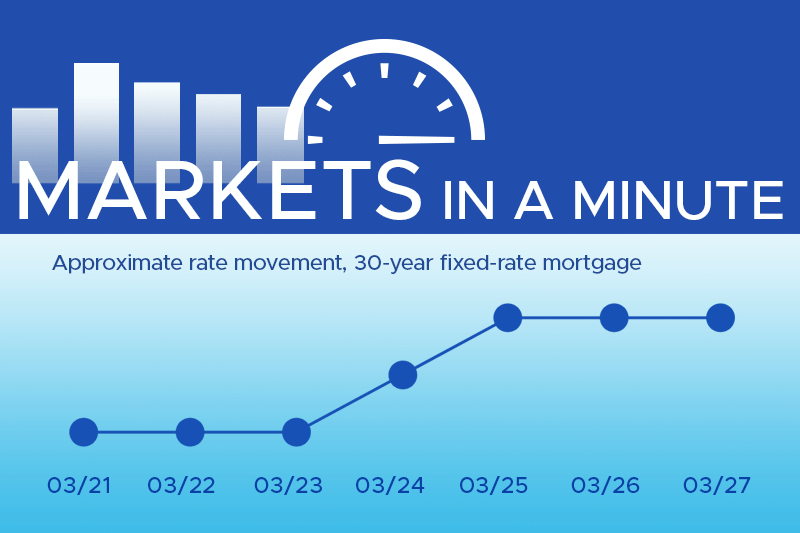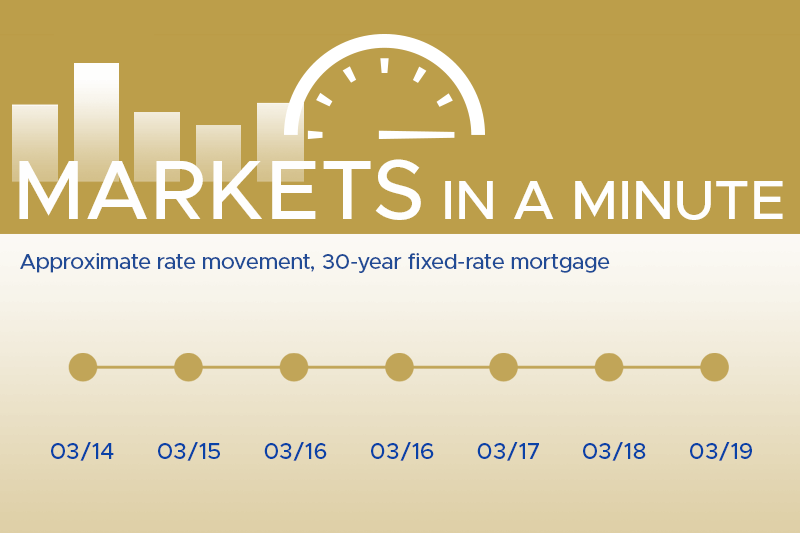At Thompson Kane, we stay ahead of shifting market trends so you don’t have to.…
The Pros and Cons of Waiving Contingencies

What you need to consider before taking this step
Thinking of waiving contingencies to make your offer stand out? It’s a bold move—but not one to take lightly. Before making this kind of financial decision, it’s wise to talk with a Thompson Kane loan officer. Our lending team can help you understand how waiving contingencies might impact your home financing, your long-term investment, and your peace of mind.
What Does It Mean to Waive Contingencies?
In competitive real estate markets, it’s common for buyers to look for ways to strengthen their offers. One tactic? Waiving contingencies—those built-in safety nets in a purchase contract that allow you to back out or renegotiate under certain circumstances.
The most common contingencies include:
- Financing contingency – Protects you if your mortgage falls through.
- Appraisal contingency – Ensures the home’s value matches the loan amount.
- Inspection contingency – Lets you walk away or renegotiate after a home inspection.
- Home sale contingency – Gives you time to sell your current home before buying.
Waiving one or more of these may make your offer more appealing to a seller. But every removed contingency increases your level of financial risk. That’s why it’s so important to weigh the pros and cons waiving contingencies before finalizing your offer.
The Upside: Why Some Buyers Waive Contingencies
- You stand out in a multiple-offer scenario – Sellers prefer less complexity. An offer without contingencies appears stronger and more reliable.
- You might close faster – With fewer steps to clear, a deal without contingencies often moves more quickly to the finish line.
- Sellers may prioritize your offer over a higher one – In some cases, a lower but cleaner offer beats a high-risk one—especially if the seller is looking for a quick and easy close.
The Downside: There are some good reasons for contingencies
- 1. You’re financially exposed if things go wrong – If you waive the inspection contingency and find major issues after the offer is accepted, you’re likely on the hook for repairs—or stuck with a home you didn’t fully understand.
- 2. You could overpay – Without an appraisal contingency, you might commit to paying more than a lender will finance. That difference would need to come out of your pocket.
- 3. You lose leverage – Contingencies give you negotiating power. Without them, you have fewer options if something unexpected arises.
When Waiving Contingencies Might Make Sense
There’s no one-size-fits-all rule. For some buyers, particularly those with flexible finances, waiving certain contingencies might be a calculated and manageable risk. Others should steer clear.
For example:
-
- First-time buyers may want to keep more safeguards in place.
- Cash buyers or those with significant reserves might be in a better position to waive.
- Highly competitive urban markets may demand more aggressive offers than suburban areas with slower pace. At Thompson Kane, we help buyers explore what works for their situation—not just the seller’s preferences. We can break down your loan readiness, give honest feedback on the risks, and help align your offer strategy with your long-term financial health.
Want to Talk Through the Waiving Contingencies Pros and Cons?
Whether you’re unsure about skipping an appraisal or debating the value of an inspection clause, you don’t have to decide alone. At Thompson Kane, our loan officers work with buyers every day to clarify financial trade-offs, offer custom pre-approval insights, and help you feel confident in your next move. 📞 Get in touch with our lending team today—we’re ready to support your homebuying journey from start to close and beyond.




